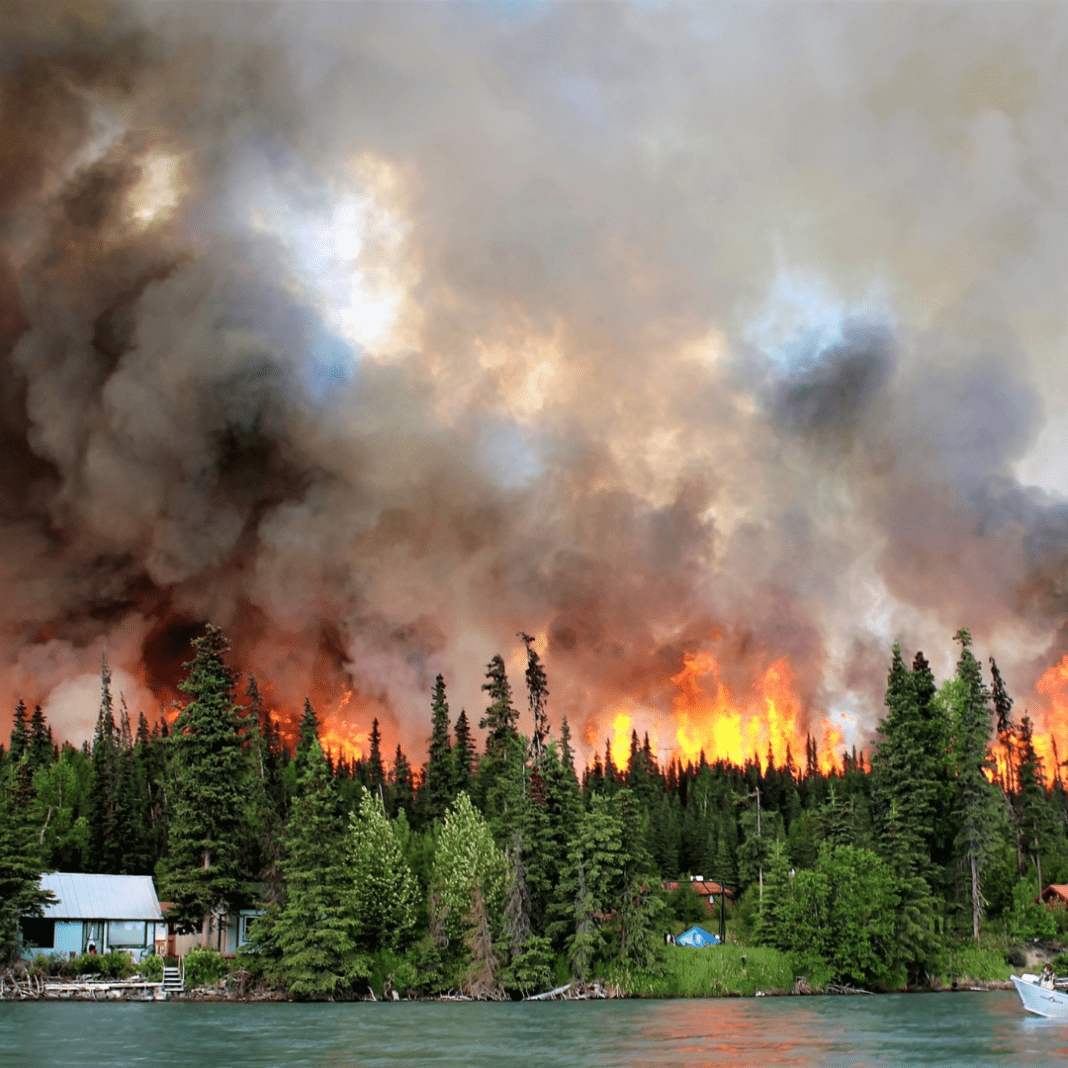Fire Seasons Used to Be Separate
Fire seasons in different parts of the world once happened at different times. In eastern Australia, the fire season usually stretches from October to March, while in western North America — including parts of the United States and Canada — fires are most common between June and October. Because these seasons did not happen at the same time, countries could help each other. For example, when North America had wildfires, fire crews and equipment from Australia could assist, and vice versa.
But things are changing.
Due to climate change, both regions are now facing longer and more intense fire seasons. The seasons are beginning earlier and ending later. That means the time when wildfires are most likely in Australia is starting to overlap with the wildfire season in North America. This overlap is growing year by year, and it’s making it harder for countries to share their firefighting resources.
Climate Change is Pushing Fire Seasons Closer Together
A new study by researchers from Australia and Germany found that since 1979, the number of days when both regions are experiencing fire weather has increased. On average, the fire weather seasons have overlapped by one day each year. That might sound small, but the scientists warn it’s a growing trend. If things continue this way, fire seasons in both regions could overlap by as many as 29 days each year by the middle of this century.
What’s causing this? Climate change is heating the planet. Warmer temperatures mean forests and bushlands dry out faster, making them more likely to catch fire. It also causes longer periods of drought and extreme heat. These dry, hot conditions are perfect for wildfires to start and spread quickly.
In Australia, the fire season is now beginning earlier in the spring. This means that when fires are still burning in places like California or British Columbia in September and October, the first signs of fire danger are already showing up in New South Wales and Queensland. Instead of taking turns battling wildfires, both regions are now struggling at the same time.
Wildfires In UK Push Rare Species Closer to Extinction
The scientists say there is about a 75 percent chance that fire weather in both regions will happen together between July and December. This makes it difficult for countries to continue their past practice of lending fire crews, aircraft, and other emergency resources across borders.
When Fires Hit Both Sides of the World
In the past, many major wildfires have shown how important international cooperation can be. In early 2025, Los Angeles was devastated by a wildfire that destroyed over 10,000 buildings and took 29 lives. During that time, firefighters from Canada and Australia worked alongside American teams to help control the blaze.
Australia has also faced terrible fires. Between September 2019 and March 2020, some of the worst bushfires in the country’s history burned over 12 million hectares of land. International help again played a role in firefighting efforts. These examples show how teams from across the world have depended on each other when fire disasters strike.
South Korea Wildfires Leave Four Dead and Thousands Homeless
But now, because the fire seasons are starting to happen at the same time, this support system is under pressure. If both North America and Australia are fighting fires during the same months, there won’t be enough people, planes, or equipment to go around.
Climate Change Overtakes El Niño as Main Fire Risk Driver
Fire weather — the conditions that make wildfires more likely — depends on many things, including a weather pattern called El Niño. El Niño leads to warmer ocean waters in the Pacific, which causes hot and dry weather in many parts of the world. In contrast, La Niña brings cooler water and different weather patterns. Traditionally, El Niño has caused worse fire seasons in Australia, while La Niña tends to affect North America.
However, the study showed that even during strong El Niño years, climate change had a bigger impact. The rise in global temperatures and the increase in dry, fire-prone areas meant that the usual patterns no longer made as much of a difference. Climate change has become the main driver of fire risk.
Because of this, firefighting agencies in different countries can no longer rely on seasonal differences to help each other. Fires are happening everywhere, all at once.





